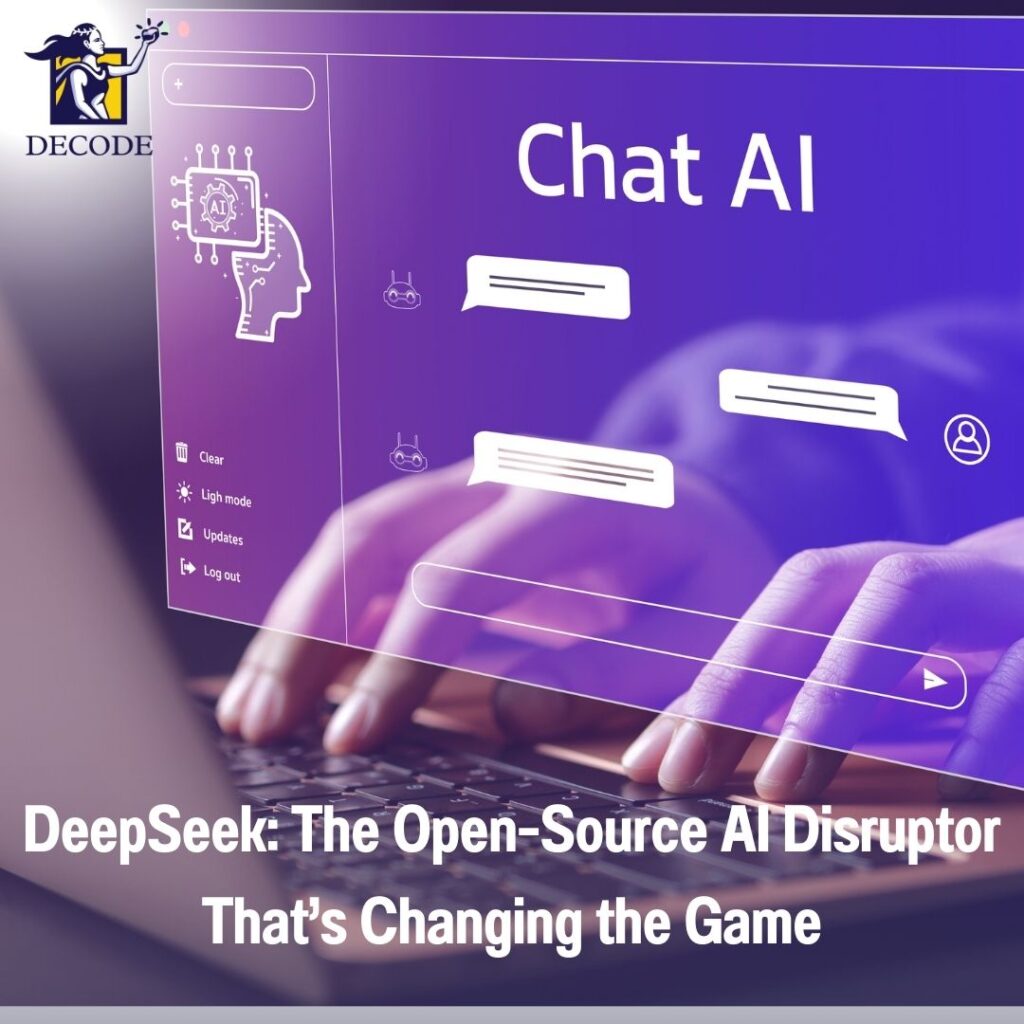
DeepSeek: The Open-Source AI Disruptor That’s Changing the Game
DeepSeek-R1—the AI model developed by a little-known Chinese company, DeepSeek—has ignited discussions across the AI industry. Built at a fraction of the cost of OpenAI’s models, DeepSeek-R1 is reshaping the AI landscape. While the initial reaction framed this as part of the ongoing U.S.-China AI rivalry, the true disruption lies elsewhere: the rising dominance of open-source AI over proprietary models.
What is DeepSeek?
DeepSeek is a relatively new AI company that has quickly gained attention for developing high-performance AI models at a fraction of the cost of proprietary alternatives. In just a few months, it has released several models, including DeepSeek-R1, which boasts impressive reasoning capabilities and is significantly cheaper than its closed-source competitors.
DeepSeek’s approach is different because it builds on open-source AI research rather than keeping its technology locked behind paywalls. This means that developers and businesses worldwide can freely use and modify the models, leading to faster innovation and adoption across various industries.
Open vs. Closed AI: A Shift in Power
According to the Open Source Initiative, open-source AI provides unrestricted access to model architecture, training data, and implementation, fostering a community-driven approach to AI development. Unlike proprietary models, which are controlled by a few companies, open-source AI allows businesses, developers, and researchers to customize and improve AI systems freely.
Trust & Security in Open-Source AI
Despite its open nature, DeepSeek-R1 has undergone extensive security reviews, including red teaming exercises and automated model behavior assessments. Azure AI Foundry includes built-in content filtering and compliance features, ensuring businesses can deploy AI solutions responsibly and securely.
The Future of Open-Source AI and Trading
The success of DeepSeek proves that the AI industry is shifting. We are moving from an era where AI was a closed and expensive technology, controlled by a few companies, to an era where AI is accessible to all.
For Forex traders, this means that AI-driven market analysis tools will become more powerful, cheaper, and more widely available. With more businesses and independent traders integrating AI into their strategies, market competition will intensify, and those who embrace AI will have a significant advantage.
As AI continues to reshape global markets, traders who leverage open-source AI for analysis, forecasting, and risk management will be better positioned to navigate the complexities of the Forex market. Whether you’re a trader, developer, or business owner, the era of accessible AI is here—and it’s time to take advantage of it.
 The question isn’t whether AI will change trading—it’s how fast you can adapt.
The question isn’t whether AI will change trading—it’s how fast you can adapt.